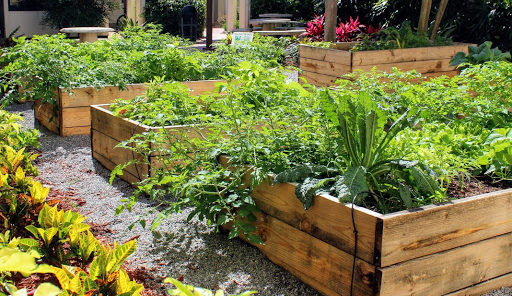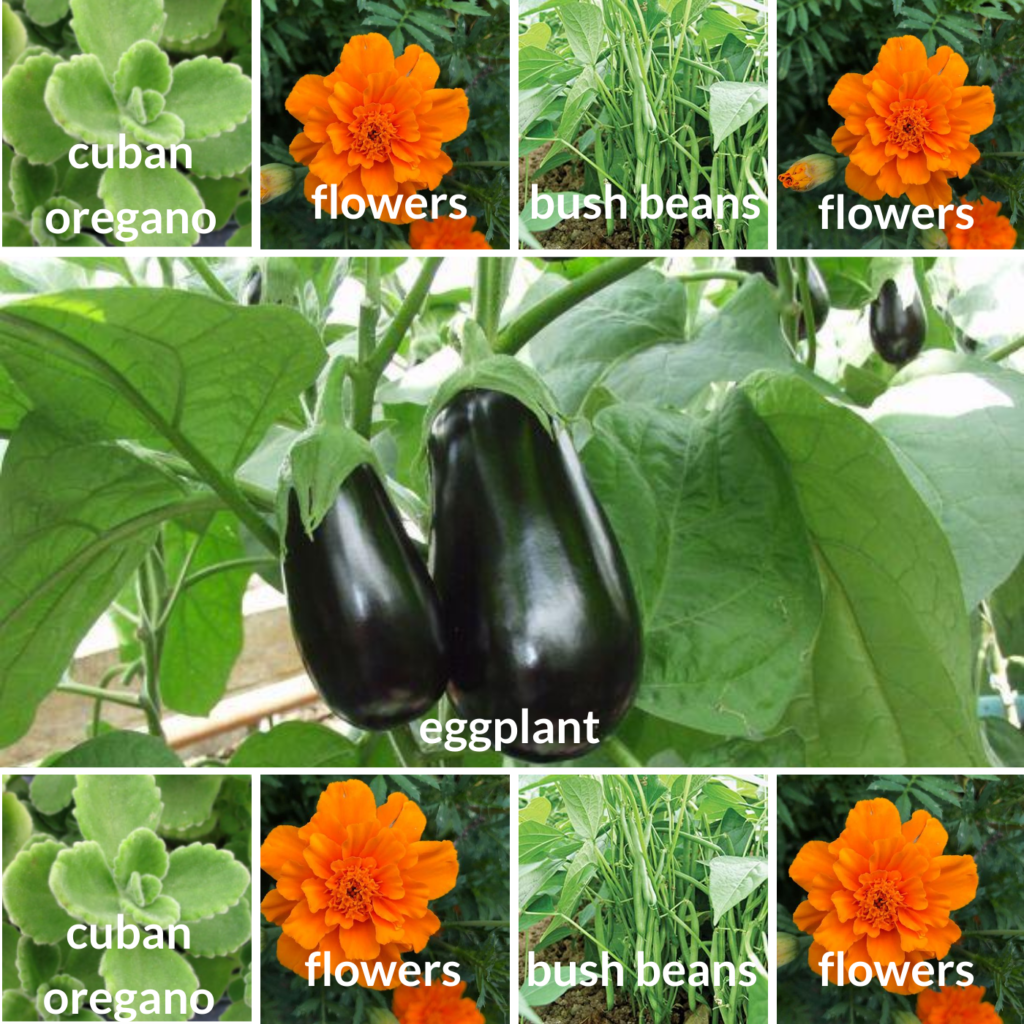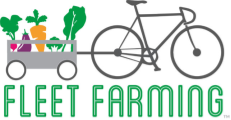Edible Landscapes Garden Designs
Our expert growers at have designed companion planting growing systems to make it easier than ever to grow food in Florida!
About Our Garden Designs
Our garden designs are next level. Why? They include:
- Plant Cultivars Best Suited For The Florida Environment
- Companion Planting
- Seasonal Availability
- High Germination Seed Stock
- Purchased from Regional and Local Providers

How Do I Receive A Garden Design?
- As part of your free consultation, choose from our list of garden design templates below and confirm your preference to complete your garden estimate. If you’d prefer to customize your planting, we can do that for you as well.
- Once your deposit payment is complete, we will schedule your garden build for your preferred day.
- After your completed build, you can always email us with any questions and our paid maintenance services are here for you as well. Learn more about our other services here.
See our Edible Landscapes Installation Agreement to view the terms and conditions of our Edible Landscapes garden installation service. Agreements are also provided in your garden invoice.
All Garden Designs
All Year-Round Garden Designs:
Herbal Remedy

It’s a Lamiaceae family reunion! Rosemary, Cuban Oregano, and Thyme intermixed with seasonal herbs and onions.
All herbs will be planted based on the availability in our greenhouse.
Spring Garden Designs: January - May

Spring Fling
We know about your hectic schedule. We also know the only way you truly understand a subject is by practicing it in a real environment. This is why we’ve set a playground area that’s full of hours of exercises, questions and challenges. It even has a gaming section.

Pretty and Pink
We know about your hectic schedule. We also know the only way you truly understand a subject is by practicing it in a real environment. This is why we’ve set a playground area that’s full of hours of exercises, questions and challenges. It even has a gaming section.

Sweet Greens
Spring is the perfect time to grow tender, leafy greens like Black Seeded Simpson, Red Oak Lettuce, Swiss Chard, and Arugula. Add in some edible Marigolds and you will have a perfect salad fresh every day!
Summer Garden Designs: June - August

Pepper Mix
We know about your hectic schedule. We also know the only way you truly understand a subject is by practicing it in a real environment. This is why we’ve set a playground area that’s full of hours of exercises, questions and challenges. It even has a gaming section.

Eggplant Mix
We know about your hectic schedule. We also know the only way you truly understand a subject is by practicing it in a real environment. This is why we’ve set a playground area that’s full of hours of exercises, questions and challenges. It even has a gaming section.

Gumbo
Sunflowers help regenerate soil, while okra and bush beans provide hardy summer staples. A blend of edible-flowers to help promote pollinators will help your crops produce until the end of Summer.
Fall Garden Designs: September - December

Cool Greens
When the season cools, so do our green selections! Hardy Kale and heads of Choi mixed with delicate Black Seeded Simpson and Red Oak help to bring tons of nutrients into your diet!

Three Sisters
A standard and reliable mix going back ages to the earliest Mesoamerican native farming fundamentals. The three sisters are notable companion plants – beans, corn, and squash/pumpkins. Corn provides a structure for the beans to climb, the beans provide the nitrogen to the soil that the other plants use, and the squash spreads along the ground, blocking the sunlight, helping prevent the establishment of weeds. (learn more via Wikipedia)

Taste of Italy
Our Techniques:
The olla watering system is really really old. In fact, humans have been burying clay pots as a system of irrigation for as much as 10,000 years based on archeological findings.
If done right, it can be one of the simplest and most effective irrigation methods available. However, we have found it only works best with more mature plants, not seeds. Our drip irrigation combined with hand-watering is going to be the more effective method for getting your seeds to germinate. Once the plant has grown, the ollas will work really well.
1. Bury an olla up to its neck in the soil
2. Fill it up with water
3. Plant roots will grow towards the areas of soil that are moistened as water seeps through the porous material of the clay.
It all starts with the soil! Most of what happens in the garden happens underground out of sight and all to often, out of mind. The soil blend you use must be rich with nutrients and vitamins essential for your crops to have the immune system they will need to grow strong and healthy. Also, the better quality soil, the better pest resilience your crops will have.
Our soil blend is designed to foster the fungal, biotic, microbial, and insect life that makes the magic happen.
Layers:
- Weed Barrier: Cardboard or Weed liner that permits water to drain through it.
- Mulch – Sustainable layer that promotes drainage while slowly decomposing in order to promote fungal and microbial life while adding carbon to the soil.
- Compost – Where the mulch is headed nutrient-rich soil full of life. This is the lowest part of your garden that roots will grow into. This adds nitrogen and phosphorous to the soil!
- Perlite/ Vermiculite – A water and nutrient retaining substrate made of volcanic rock and adds calcium and magnesium to the soil.
- Coir Potting Mix – Coir is a peat moss alternative made from coconut husks that are shredded and add organic material to the soil. A permeable barrier to fluff up the thick compost for seedlings to penetrate the surface layers with ease.
- Pine Straw/ Straw – A thin layer of pine straw that shades plant roots from the sun radiation and prevents erosion by diffusing rainfall gently into the soil below. Plus, it looks nice!
Something that might not be intuitive to new gardeners is that you should never pull out weeds or an old plant by the roots. Why you ask? Because of all that work we put into building good soil!
When most of the critters and fungi that live in healthy soil are exposed to sunlight through activities like tilling or pulling weeds, they are killed by the UV light. While this might not seem like a problem, it takes time for soil life communities to heal, so each time the soil is disturbed that timer is reset.
Won’t the roots that I’m leaving in the ground cause problems for my new plants?
As a matter of fact, as the old roots start to dissolve and return their nutrients to the soil, they’ll leave passageways that absorb water more efficiently and keep soil texture fluffy and loose.
What about weeds or root vegetables?
Ok, so there are some exceptions. Sometimes you have to dig something out or pull something out, but the best practice is just to disturb the soil as little as possible.
What else should I know about soil health?
Boy oh boy – what isn’t there to know!? The good news is, we’ve done most of the homework for you. Your raised bed will only require a “refill” of compost and pine straw each season in order to keep the top layer mulched, moist, and fertile. We provide this service too, with rates based on the square footage of your garden.
If you want to know even more about this gardening philosophy, you can read about it here.
When it comes to deciding what to plant, it’s easy to skip straight to the table. In other words, it makes sense to grow what you like to eat, right?
Well, of course it does, but getting a healthy harvest is all about creating useful plant communities that share resources effectively instead of competing against one another.
Our pre-configured templates make sure that your harvest is supported by plants of different root depths, that require different nutrients and repel or attract insects according to the needs of the other plants around.
Need more guidance?
Schedule garden maintenance services today
When most of the critters and fungi that live in healthy soil are exposed to sunlight through activities like tilling or pulling weeds, they are killed by the UV light. While this might not seem like a problem, it takes time for soil life communities to heal, so each time the soil is disturbed that timer is reset.
Won’t the roots that I’m leaving in the ground cause problems for my new plants?
As a matter of fact, as the old roots start to dissolve and return their nutrients to the soil, they’ll leave passageways that absorb water more efficiently and keep soil texture fluffy and loose.
What about weeds or root vegetables?
Ok, so there are some exceptions. Sometimes you have to dig something out or pull something out, but the best practice is just to disturb the soil as little as possible.
What else should I know about soil health?
Boy oh boy – what isn’t there to know!? The good news is, we’ve done most of the homework for you. Your raised bed will only require a “refill” of compost and pine straw each season in order to keep the top layer mulched, moist, and fertile. We provide this service too, with rates based on the square footage of your garden.
If you want to know even more about this gardening philosophy, you can read about it here.
